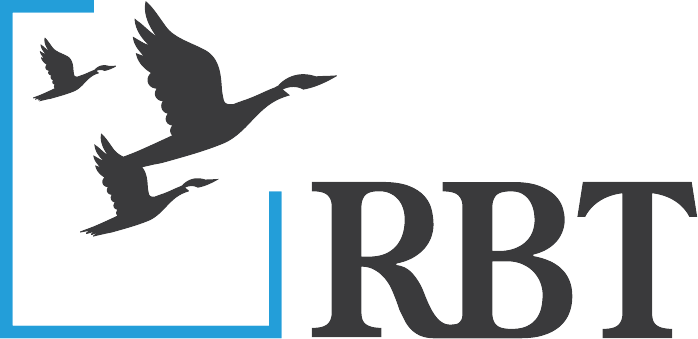COVID-19 has left many New York municipalities short on cash as they grapple with a triple threat: falling sales tax revenues, holds on state aid, and unexpected expenses due to the pandemic. Short-term borrowing strategies can provide local governments with the funds to stay afloat until property tax payments or other revenues arrive to replenish the coffers.
There are two main reasons a municipal government might issue short-term debt: because of revenue shortfalls, or because there has been an unforeseen expense. During the pandemic, many municipalities have seen both. Despite taking other budget-reduction steps, such as curbing spending, offering retirement or separation incentives, or cutting staff, some governments are still facing shortfalls of tax or fee revenues.
“After exhausting other available options, governing boards may need to consider issuing some form of short-term debt in order to generate sufficient cash flow to meet the operational needs for the remainder of the year,” reads a section in The Office of the State Comptroller’s Financial Toolkit for Local Officials in 2020 and Beyond, which recommends consulting with financial and legal professionals for guidance.
The main avenues for short-term debt issuance to address those issues are tax anticipation notes, revenue anticipation notes and budget notes. In dire cases, a municipality may also use deficit financing, also known as a deficiency note.
Tax anticipation notes, known as TANs, are borrowed in anticipation of the collection of the next year’s property taxes, which are generally due in January for counties, cities and towns; or against assessments. Generally, the OSC says, the funds from TANs may only be used for the purposes for which the tax or assessment funds they’re borrowed against would be used.
Revenue anticipation notes, or RANs, are borrowed to generate cash flow in expectation of receiving certain specific revenue types, such as sales tax payments or a particular grant. RAN proceeds may be used to meet expenses payable from the revenues they are borrowed against, according to the OSC.
Budget notes are generally used to finance an unanticipated expenditure, particularly if the municipality was already experiencing a bad year. Budget notes may be used for “any object or purpose for which a local government is authorized to expend money” according to the OSC, and they provide cash that can be used to finance increased appropriations. Budget notes must be used for the purpose specified by the municipality.
The timing on a budget note affects when it must be paid: Adopt and issue the note before adopting the next year’s budget, and the municipality must pay it next year; issuing a budget note after the budget is adopted buys an additional year.
To pursue a TAN, RAN or budget note, a municipality would solicit rates from banks, much as it would when issuing a bond anticipation note for a capital project. The governing body must authorize issuance of the debt, and the bond or debt resolution must include the interest rate, due date, and other details.
The fourth option, deficit financing, is a last resort when there is a deficiency of funds due to lower-than-anticipated revenues for that year’s budget. Local Finance Law imposes strict requirements on the form of the resolution that a local municipality or school district must adopt to issue a deficiency note. If a renewal is required or if the unit of government must issue another deficiency note the next year, state law triggers monitoring by the Office of the State Comptroller and requirements to file regular reports.
Many municipal governments in New York have found themselves in tight budgetary times due to the strains of the COVID-19 pandemic and shutdown, but careful and creative issuance of short-term debt can help them weather the crisis in a fiscally responsible manner.










